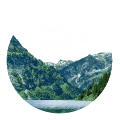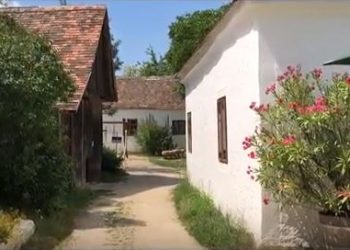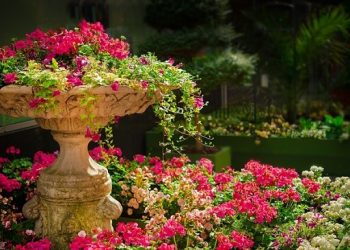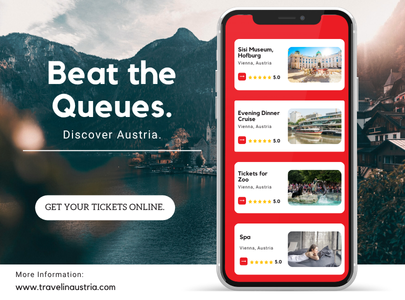Settlement in the area where Kreuzenstein Castle is located began thousands of years ago, but the first castle mentioned in writings is from the 12th century. The castle was built for the Counts of Formbach, but in the 13th century, it passed into the hands of the Habsburgs. Until the Thirty Years’ War, the castle stood strong and managed to repel all attacks against it, but eventually, it fell to the Swedish officer Lennart Torstensson, who made it his headquarters. Upon leaving the castle in 1645, Torstensson blew up several parts of it.
The ruined castle remained abandoned for many years, and local residents used its remains as building materials until almost nothing was left of it.
In 1702, the ruined castle passed into the hands of the Wilczek family. 172 years passed until 1874, when restoration work on the castle began under the direction of Johann Nepomuk Graf Wilczek, who was an important and influential figure in the fields of art and culture in Austria and also the legal heir of the castle.
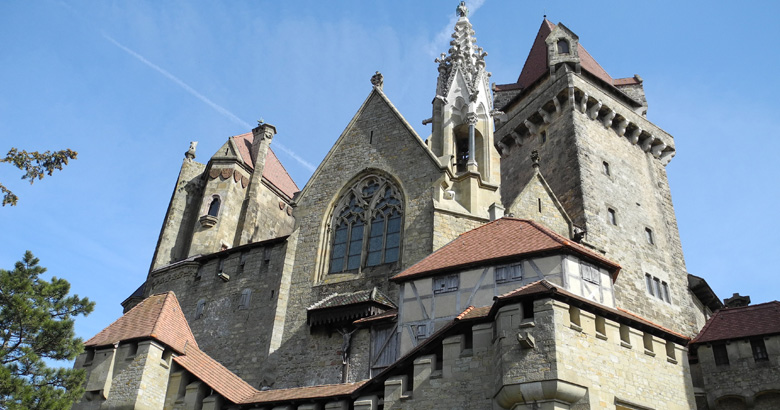
After extensive restoration work, Kreuzenstein Castle was restored to its former glory, but not for long. At the end of World War II, in 1945, the castle suffered extensive damage as it was in the line of fire during the Battle of Vienna. 250 shells hit the castle’s walls and roof, and many valuable objects were looted from it. The castle was renovated again, but in some places around the castle, you can still see the damage from the shells.
Today, the castle serves as a museum depicting the life of nobles in the Middle Ages.
Watch a video of the impressive Kreuzenstein Castle:
The Displays in Kreuzenstein Castle
In the various rooms of the castle, there are magnificent collections on display for visitors. The main rooms are:
The Armory
This room displays one of the largest collections of weapons and armor in Austria. The armor and swords in this room could equip about 100 warriors, the number of men needed to defend such a castle. The display shows the technological development of the weapons industry over the years. You can see armor, helmets, shields, swords, and riding equipment from different periods. In addition, small cannons from the 16th century are also on display.
The Chapel
This room is the most impressive part of the castle. All corners of the room are beautifully decorated, and the decorations show the great investment and thought that went into its design. In the center of the room stands an ancient wooden altar from the 15th century.
The Knights’ Hall
This spacious room was the center of the castle, where the warriors who defended it met. The ancient furniture and the overall design of the room are impressively beautiful.
The Prince’s Bedroom
In this room, you can be impressed by original and ancient furniture from the Middle Ages. In the center of the room stands a 500-year-old wooden bed that wonderfully illustrates how people slept in the Middle Ages. At that time, it was customary to sleep sitting up, so the bed is very short in relation to its width. Besides the bed, there is also an ancient dream board designed for writing down dreams immediately after waking up. In addition, the walls of the room are decorated with beautiful ancient tapestries.
The Hunting Room
In this room, you can see many hunting tools as well as spoils from the hunting expeditions of the castle’s owners.
The Kitchen and Storage Room
The kitchen is spacious, as befits such a large castle. In these rooms, you can see ancient tools that were used to prepare food for the castle’s inhabitants.
Essential Information for Visiting the Castle
Please note! Entry to the castle is only possible with a guided tour. Tours take place every hour on the hour and last between 45 minutes and an hour.
Operating Hours:
The castle is open to visitors from April 1st to the end of October.
- Monday to Saturday: 10:00 AM to 4:00 PM.
- Sundays and holidays: 10:00 AM to 5:00 PM.
Entrance Fee:
- Adult: €15
- Child: €8
Payment at the ticket office is in cash only!
Address: Burg Kreuzenstein, 2100 Leobendorf
How to get there by public transport from Vienna?
The only way to get to the castle by public transport is by train. Take the S3 train from Wien Mitte and get off at the Leobendorf-Kreuzenstein station. From there, it’s about a 40-minute walk uphill to the castle (take this into account if you plan to come with a baby stroller). You can plan your trip using the Austrian railway website.
If you are arriving by car, there is a large parking lot at the foot of the castle. From the parking lot to the castle, it is about a 5-minute walk uphill.

